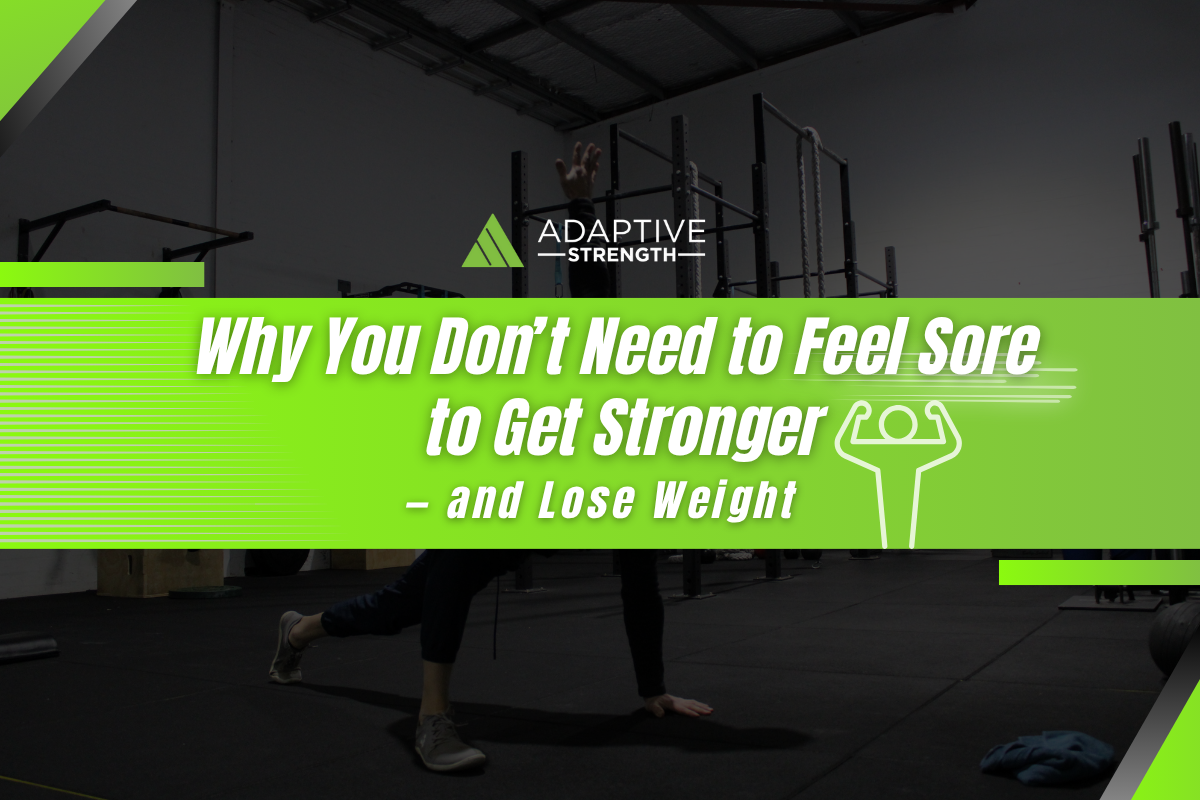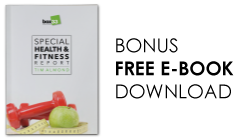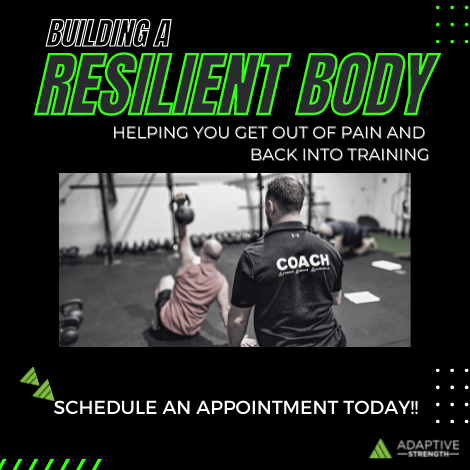(Or: No DOMS? No Problem.)
At Adaptive Strength in Booragoon, we often hear this concern:
“I didn’t feel sore after my session… did I even work hard enough?”
It’s a common belief that if you’re not hobbling out of the gym or wincing as you sit down the next day, then your workout must not have been effective. But here’s the truth: soreness is not the goal. Strength is.
We had one client—let’s call her Sarah—who trained consistently, lifted heavy, and made impressive progress. But she admitted, “I’m not used to leaving a session without feeling sore. It makes me question if I’m doing enough.” Her reaction is totally normal. Many people have been conditioned to think DOMS (Delayed Onset Muscle Soreness) equals progress. In reality, smart training—like the kind we deliver through StrongFirst principles—often leads to results without the soreness.
Let’s break down why.
What Is DOMS—and What It Isn’t
DOMS stands for Delayed Onset Muscle Soreness. It usually kicks in 24–72 hours after a workout and is that stiff, achy feeling you get after doing something your body isn’t used to—like a high-rep squat session or trying a new movement.
DOMS is primarily caused by:
- New exercises or new movement patterns
- High-repetition sets, especially with eccentric loading (lengthening the muscle under tension)
- Large training volume or sudden intensity spikes
But here’s the key: DOMS doesn’t automatically mean your workout was effective, and its absence doesn’t mean it wasn’t. You can feel sore and make no progress. You can feel great and get stronger.
The StrongFirst Philosophy: Train, Don’t Drain
At Adaptive Strength, our programs are built around StrongFirst principles. That means we treat strength as a skill—not something to beat your body up with.
We focus on:
- Low to moderate reps with heavier weights
- Quality over quantity
- Power, control, and technical excellence
You won’t find random high-rep circuits just to leave you exhausted. Instead, we use strategic loading, intentional rest, and movement mastery to build strength that lasts.
And here’s what’s often surprising to new clients: you might leave your session feeling fresh, not fried. That’s by design. You trained smart, not just hard.
Why No Soreness Can Be a Good Thing
Soreness often means your body is still reacting to stress, not adapting to it. When you’re no longer sore after every workout, that’s a sign your body is getting better at what you’re asking it to do.
In fact:
- Lack of soreness means your muscles are recovering more efficiently.
- You’re building resilience, not just fatigue.
- You can train more frequently and consistently when you’re not constantly sore.
On the flip side, chasing soreness can:
- Lead to overtraining
- Disrupt your recovery and sleep
- Increase injury risk
That’s not smart training. That’s ego training.
Signs Your Training Is Working (Besides DOMS)
So how do you know your training is effective if you’re not sore? Look for these signs:
✅ You’re lifting heavier
Your numbers are going up. That’s strength in action.
✅ You move better
Improved technique, balance, and body awareness.
✅ Your posture is improving
You’re standing taller, walking with more confidence.
✅ Daily life feels easier
Carrying groceries, climbing stairs, getting off the floor—your strength carries over into real life.
✅ You’re recovering faster
You’re no longer wrecked for days after a session. That’s a good thing.
✅ You’re more consistent
And consistency trumps intensity when it comes to long-term progress.
When Soreness Might Be Useful (and When It’s Not)
We’re not saying soreness is bad. It can be a sign of a new or more intense training stimulus—maybe a new movement or a deliberate spike in training volume.
Occasional DOMS is normal. But constant soreness? That’s usually a red flag:
- Poor recovery strategies
- Not enough sleep, protein, hydration
- Too much intensity too often
Training should challenge you, yes—but it shouldn’t punish you.
Conclusion: Redefining What “Hard” Means
You don’t need to feel broken to make breakthroughs.
At Adaptive Strength, we believe training should leave you better, not battered.
Stronger, not sorer.
More capable, not more cautious.
The strongest people in the room aren’t always the ones limping out of it. They’re the ones showing up week after week, steadily building capacity, mastering movement, and leaving the gym with a little more in the tank.
So the next time you leave your session feeling fresh, remember:
You didn’t fail. You trained like a pro.
FAQ
“But I used to feel sore all the time in bootcamps—wasn’t that effective?”
Soreness from high-rep bootcamps often comes from fatigue, not strength development. It might burn calories, but that doesn’t mean it’s building strength or resilience. In fact, it can often cause burnout or injury if not managed well.
“Does soreness mean I’m building more muscle?”
Not necessarily. Muscle growth comes from progressive overload, good nutrition, and adequate recovery. Soreness is more about inflammation from a novel stimulus—not muscle gain.
“If I’m not sore, should I lift heavier next time?”
Not unless you’ve earned it through good form and consistent progress. Soreness shouldn’t dictate your training load—your strength, movement quality, and recovery should.
Located in Booragoon and serving the surrounding Perth areas, Adaptive Strength is known for intelligent, effective training that gets results—without wrecking your body. If you’re tired of chasing soreness and ready to start building real strength, book your free consult today.





